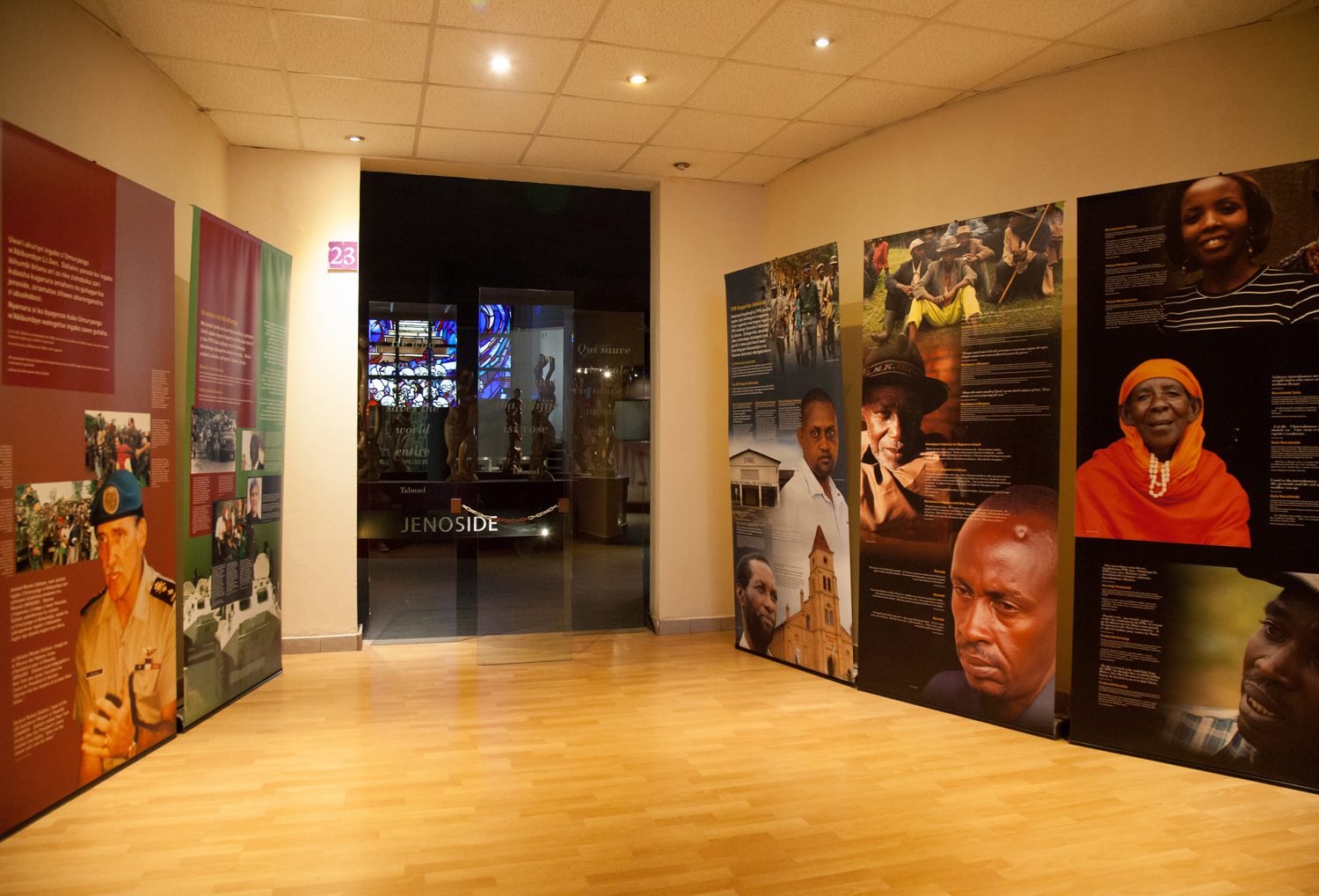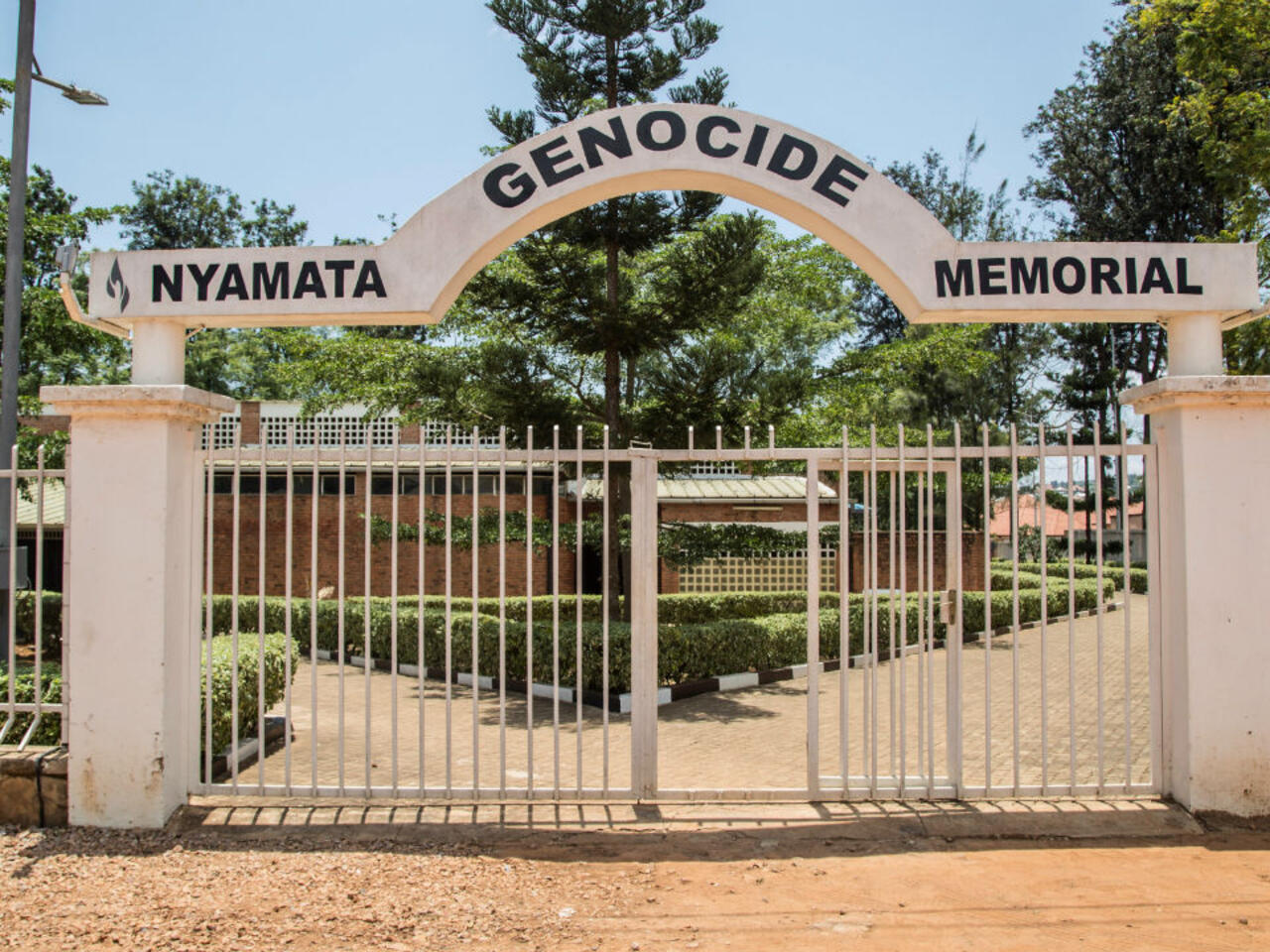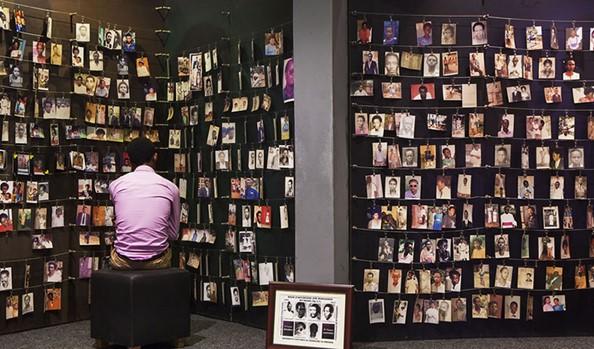A quiet hush often falls over Rwanda each April. The country enters a period of remembrance, reflection, and mourning. This year marks the 31st anniversary of the genocide against the Tutsis a dark chapter in Rwanda’s history that claimed the lives of over 800,000 people in just 100 days. What followed was unimaginable grief, displacement, and trauma. But out of that darkness, Rwanda has risen carried by the courage of its people and the power of collective healing.

Walking through any of the genocide memorials in Rwanda, such as the Kigali Genocide Memorial or Ntarama Church, is an emotionally overwhelming experience. These sacred spaces serve as more than just historical landmarks; they are national altars of remembrance. They are where survivors come to grieve, where families find connection with lost loved ones, and where future generations learn the lessons of hatred, division, and reconciliation.
To explore these memorials and engage with Rwanda’s story on a deeper level, many travelers choose to include a remembrance-focused stop on their itinerary. We encourage guests traveling with us at Rwanda Hillsome Trails to do the same whether it’s through guided visits or cultural encounters that honor the country’s past.
Sacred Spaces of Memory
Rwanda’s genocide memorials were created not only to preserve the memory of those lost but also to educate. The visual displays, personal testimonies, and symbolic resting places push visitors to confront the rawness of what happened in 1994. They also provide insight into how the genocide unfolded and how deeply rooted the ideologies of ethnic division were in colonial and post-colonial policies.
Perhaps the most humbling realization for visitors is that nearly every Rwandan above a certain age has a story. They are survivors, widows, orphans, or former refugees. Their resilience is a quiet force woven into every aspect of society.
Many of our guests choose to visit Kigali City as their starting point. Beyond the bustling markets and lively cafes, Kigali is also the heart of remembrance. Here, you’ll find the Kigali Genocide Memorial where over 250,000 victims are buried and where stories of survival are preserved for the world to witness.
A Nation Rebuilt by Survivors
For many survivors, life after the genocide meant starting from nothing. Homes were destroyed, families torn apart, and psychological trauma ran deep. Yet, against all odds, survivors have led Rwanda’s reconstruction building homes, raising children, pursuing education, and establishing businesses.
Programs led by the Rwandan government, as well as support from international NGOs, have played a vital role in this journey. From trauma counseling to community-based healing initiatives, survivors have slowly regained their strength. Women, in particular, have become powerful voices in reconciliation efforts and local leadership.
A great example of community rebuilding lies in the lush landscapes of Nyungwe Forest National Park. Once marred by conflict, this park has become a hub for eco-tourism, conservation, and local employment. It reflects the broader shift in Rwanda from a nation in mourning to a country focused on environmental protection, inclusive growth, and sustainable tourism.
Support Systems That Make a Difference
The post-genocide era was marked by a critical question: how does a society support millions of survivors? Rwanda’s answer was a multi-faceted approach that prioritized mental health, education, justice, and reintegration.
For mental health, community-based counseling programs were set up across the country. “Unity Clubs” and survivor-led support groups have become safe spaces for healing. Rwanda’s Ministry of Health has also increased access to trauma therapy and mental health professionals, though challenges remain, especially in rural areas.
In terms of economic empowerment, cooperatives and small business initiatives have helped survivors gain financial independence. For those visiting Rwanda today, a visit to one of these local cooperatives whether it’s a women’s basket-weaving group or a coffee-growing collective is a powerful way to engage with this ongoing story of growth and resilience.
As you travel through our curated itineraries, you’ll find these moments of human connection and renewal interwoven with Rwanda’s stunning natural landscapes. Whether it’s sharing tea with a family in a rural village or meeting with local artisans, you begin to see how travel can support not just tourism but reconciliation and livelihood development.
Justice and Reconciliation: A Long Road
Justice after genocide is never simple. For Rwanda, it meant confronting the harrowing reality that some perpetrators lived side by side with survivors. The traditional court system couldn’t handle the sheer volume of cases, so the country implemented a unique grassroots approach: the Gacaca courts.
These community-led tribunals, though not without criticism, allowed survivors to confront perpetrators, and in many cases, hear confessions. The Gacaca courts contributed significantly to rebuilding trust and fostering dialogue at the community level.
Internationally, the UN established the International Criminal Tribunal for Rwanda (ICTR) in Arusha, Tanzania. Though the ICTR secured key convictions of top architects of the genocide, many survivors felt justice was slow and detached. However, both local and international systems played vital roles in ensuring accountability.
The work of justice is still ongoing. Rwanda continues to pursue extraditions of genocide fugitives living abroad. But justice is only part of the puzzle; reconciliation is where Rwanda has shown remarkable innovation.
Government-backed programs in reconciliation villages allow perpetrators and survivors to live together, often working side-by-side on community projects. It’s not a story of forgetting, but of choosing to move forward without vengeance.
A deeper understanding of this journey can be gained through a visit to Akagera National Park. Once emptied during the conflict, the park has been fully restored and is now a symbol of rebirth, featuring thriving wildlife and eco-conscious tourism experiences. Many of the park rangers and conservationists are themselves survivors or returnees, and their stories are deeply interwoven with the landscape they protect.
A Shared Responsibility
What happened in Rwanda in 1994 was not just a national tragedy, it was a failure of the global community. The international community stood by as the genocide unfolded, ignoring warnings and diplomatic pleas for intervention. This hard truth is part of why memorials, education, and storytelling matter today.
If you are planning a trip to Rwanda, we invite you to include a stop at Volcanoes National Park. While known for its majestic mountain gorillas, it’s also a region where many communities have rebuilt their lives through conservation efforts and responsible tourism. Travelers leave not only with memories of breathtaking nature but also with a sense of Rwanda’s ongoing transformation.
Rwanda is a place that both breaks your heart and fills it again. It’s a country where grief meets grace, where memory fuels progress, and where every hill tells a story of survival.
31 years later, the genocide against the Tutsis is not forgotten. It lives in memorials, in songs of mourning, in courtroom testimonies, and in the quiet strength of everyday people. But alongside that memory is a country moving forward with dignity, with resolve, and with an open invitation for the world to learn from its journey.
If you’re ready to explore Rwanda’s beauty, culture, and stories firsthand, visit Rwanda Hillsome Trails to begin planning your experience.






